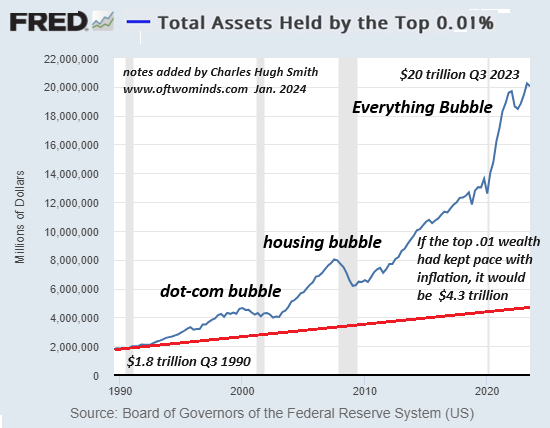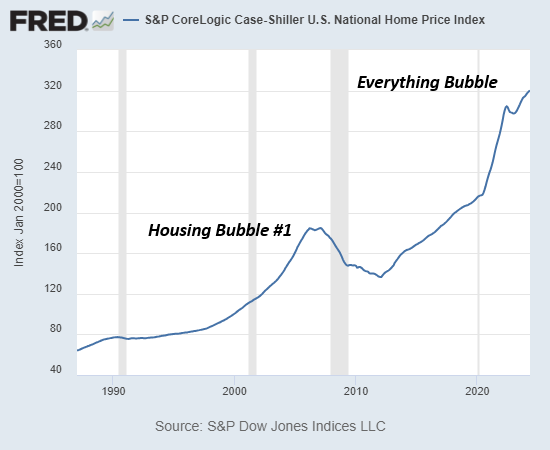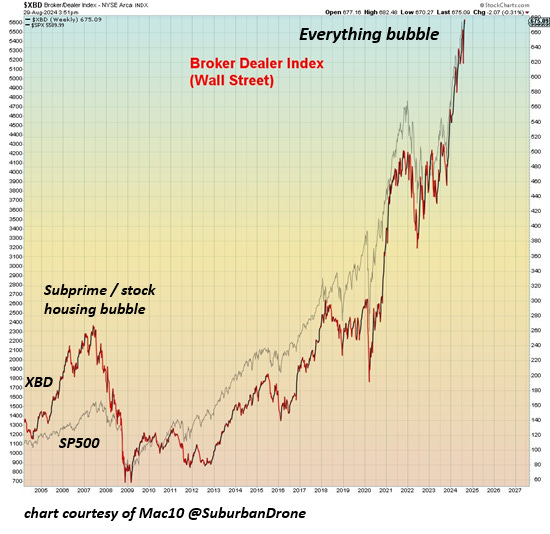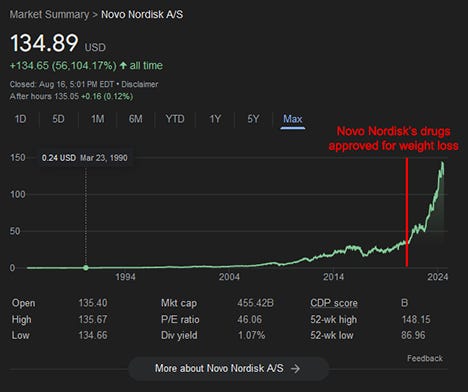It’s 1984, and Prince is about to release “Purple Rain,” the album that will make him a superstar and push pop music into distant realms we had no idea we were ready for. The sound engineer Peggy McCreary, one of many female engineers he worked with, describes witnessing a flash of genius during the creation of his song “When Doves Cry.” Over a two-day marathon recording session, she and Prince filled the studio with sound — wailing guitars, thrumming keyboards, an overdubbed choir of harmonizing Princes. It was the sort of maximalist stew possible only when someone is (as Prince was) a master of just about every musical instrument ever invented. But something wasn’t right. So at 5 or 6 in the morning, Prince found the solution: He started subtracting. He took out the guitar solo; he took out the keyboard. And then his boldest, most heterodox move: He took out the bass. McCreary remembers him saying, with satisfaction, “Ain’t nobody gonna believe I did that.” He knew what he had. The song became an anthem, a platinum megahit.
The next sequence starts to probe the origins of Prince’s genius, how it grew alongside a gnawing desire for recognition. His sister, Tyka Nelson, a woman with owlish eyes and pink and purple streaks in her hair, appears onscreen. She describes the violence in their household growing up. How their musician father’s face changed when he hit their mother. The ire he directed at his son, on whom he bestowed his former stage name, Prince — a gift, but also a burden, a reminder that the demands of supporting his children had caused him to abandon his own musical career. Prince would risk lashings by sneaking over to the piano and plinking away at it — the son already embarked on his life’s work of besting his father, the father giving and withdrawing love, the son doing the same.
Cut to Jill Jones, one in a long line of girlfriend-muses whom Prince anointed, styled, encouraged and criticized. Hers is one of the most anguished testimonies in the film, revealing a side of Prince many of his fans would rather not see. Late one night in 1984, she and a friend visited Prince at a hotel. He started kissing the friend, and in a fit of jealousy, Jones slapped him. She says he then looked at her and said, “Bitch, this ain’t no [expletive] movie.” They tussled, and he began to punch her in the face over and over. She wanted to press charges, but his manager told her it would ruin his career. So she backed off. Yet for a time, she still loved him and wanted to be with him, and stayed in his orbit for many more years. Recounting the incident three decades later, she is still furious, still processing the stress of being involved with him.
In the next sequence, it’s the evening of the premiere of “Purple Rain,” the movie, which will go on to win the Academy Award for best original song score in 1985. Prince’s tour manager, Alan Leeds, was with him in the back of a limo on the way to the ceremony. He remembers one of Prince’s bodyguards turning to Prince and saying: “This is going to be the biggest day of your life! They say every star in town is there!” And Prince clutched Leeds’s hand, trembling in fear. But then, as Leeds tells it, some switch flipped, and “he caught himself.” Prince’s eyes turned hard. He was back in control. “That was it,” Leeds says. “But for maybe 10 seconds, he completely lost it. And I loved it. Because it showed he was human!” In the next shot, we see Prince emerging from the limo and walking down the red carpet in an iridescent purple trench coat over a creamy ruffled collar, his black curls piled high. He swaggers, twirling a flower, unbothered: a creature of regal remove.
These four moments happen back to back, about three hours into the film. I watched it for the first time on a winter evening in 2023, and during this particular sequence, my body clenched as it registered contradictory intensities: amazement, pity, disgust, tenderness. Like most Americans who grew up in the 1980s, I had an image of Prince emblazoned in my mind: wonderfully strange; a gender-bending, dreamy master of funk. He flouted and floated above all categories and gave permission to generations of kids to do the same. Edelman’s film deepened those impressions, while at the same time removing Prince’s many veils. This creature of pure sex and mischief and silky ambiguity, I now saw, was also dark, vindictive and sad. This artist who liberated so many could be pathologically controlled and controlling. The film is sometimes uncomfortable to watch. But then, always, there is relief: the miracle of Prince’s music — a release for me and a release, above all, for Prince.
Behold him writhing at the microphone, shrieking out the chorus of “The Beautiful Ones,” a song about the pain of love. Wendy Melvoin, a member of his band the Revolution and one of the people with whom Prince was most intimate (though only briefly, only ever briefly), tells Edelman that when “he’s screaming, there is a look in his eyes of pure torture.” She quotes the lyrics “Do you want him, or do you want me? ’Cause I want you!” “It feels like the big struggle of his entire life,’’ Melvoin says. “The consequence of you not choosing me is too much to bear.”
The sequence I just described is 20 minutes long. Imagine sustaining this density of character analysis for 520 more, which is what Edelman has done. In the process, he offers one answer to a question that has agonized the culture at large for the last decade. How should we think about artists whose moral failings are exposed? Edelman manages to present a deeply flawed person while still granting him his greatness — and his dignity. Wesley Morris, a critic at The Times and one of a small group of people who have seen the film, told me, “It’s one of the only works I have ever seen that approximates the experience of suffering with and suffering through and alongside genius.”
The film took Edelman almost five years to finish, and it nearly broke him. Whenever he makes a documentary, he told me, “It’s like willingly walking into the jail or locking myself up into a box like Houdini and being like, ‘Can I get out?’ ” But he had been locked in for a long time, often working nights and weekends, chasing down recalcitrant subjects who seemed haunted by their friendships with Prince and researching in Prince’s personal archive, which was filled with gaps and elisions. Prince kept slipping away from him. “How can you tell the truth about someone who, when you’re talking to people, they all had different things to say?” Edelman told me. “How can you tell the truth about someone who never told the truth about himself?”
Over a year and a half, I had observed as Edelman continued to perfect his film, working to capture the essence of Prince, even as it became slowly, painfully clear that it would most likely never air. The Prince estate had changed hands, and the new executors objected to the project. Last spring, they saw a cut and, claiming that it misrepresented Prince, entered into a protracted battle with Netflix, which owns the rights to the film, to prevent its release. As of today, there is no indication that the film will ever come out. It has been like watching a monument being swallowed by the sea. (...)
What ultimately persuaded Edelman to take on the film was a potential treasure trove of new material. For tens of millions of dollars, according to a source familiar with the negotiation, Netflix had secured from the estate exclusive access to Prince’s personal archive, referred to among Princeologists as “the vault.” It had been an actual room, in the basement of his fortresslike home and studio, Paisley Park, in Chanhassen, Minn., filled with unreleased recordings and concert footage and the master copies of all his music and drawings and photographs and who knew what else. In life, Prince was defiantly private. He rarely sat for interviews, and when he did talk to the press, he often spoke in koans. There were so many unexplained oddities. The changing of his name to a symbol — a move that was widely mocked and that no one ever fully explained. His many battles with record companies, including the years when, feuding with Warner Brothers over control of his output and his master recordings, he took to performing with the word “slave” written on his face. His decade of perfect albums, followed by years of uneven, often impenetrable ones. There was, most perplexing of all, his death from a fentanyl overdose, when he always seemed to disdain drugs and alcohol. Access to the vault presented a chance to tell a more detailed story about Prince than had emerged before.
Prince’s estate, which was then being administered by a bank in Minnesota, would have no editorial influence over the project, Edelman was told. Edelman and Netflix would retain final cut, though the estate could review the film for factual accuracy. He decided to sign on.
Edelman and his team, including the editor Bret Granato and the producer Nina Krstic, spent a full year watching tape they found in the vault. At first, they were excited by the material: hours upon hours of band rehearsals and music videos, all of Prince’s never-before-seen performances, including pristine 16-millimeter film from his tour for the 1981 album “Controversy” and elegiac scenes from one of his final Piano and a Microphone shows in 2016. The footage moved the film’s editors to tears, but though he would make ample use of it, Edelman knew he didn’t want to make a concert film. What he wanted was to tell the story of the arc of those years, of the person who resided in the gaps among Prince’s many metamorphoses.
But it soon became clear that there was almost nothing that was spontaneous or personal in the vault, almost no footage of him recording or writing. At one point, they were excited to discover a few home movies of Prince horsing around with girlfriends, but when they watched the tapes, they appeared to have been deliberately damaged. As Granato, one of two main editors on the film along with Gabriel Rhodes, put it, the vault was “not all that different from an Instagram account or a Facebook page.” It was manicured, curated, just the way Prince wanted it.
After a year, some of the most revealing material was scraps of unintentional candor — moments when Prince thought a camera wasn’t rolling and “would transition into a different person,” Granato told me. “He’d turn inward, look at the floor.” At first, “it looks like nothing, because he’s just looking, quiet,’’ but the accumulation of these moments was revelatory: “Within these things, there’s a lot of vulnerability. There’s shyness. There’s a lack of confidence that butts up against confidence in this really interesting way.” What did these moments mean? They needed the people who knew Prince to tell them.
Edelman, with the help of the producer Tamara Rosenberg, carefully tried to penetrate the concentric circles around Prince. “It’s a complicated culture in that Prince world,” Rosenberg told me. “People are very protective for various reasons.” It’s no surprise that interview subjects would be guarded about the personal life of a world-famous celebrity, but the vehemence of the refusal in some cases, combined with a sense of suspicion about their motives, was a continual source of frustration for Edelman and his team. Edelman sometimes felt as if Prince was still dictating what could and couldn’t be said. “What are you not telling me?” he found himself wondering. “What’s the big secret?”
Rosenberg spent hours each day on the phone, trying to reassure everyone. As the months went by, the team slowly persuaded more people — former bandmates, sound engineers, assistants, bodyguards, managers, a hairstylist, girlfriends, childhood friends, record-company executives and Prince’s sister — to come on camera.
Edelman’s collaborators spoke of his supreme skill as an interviewer, how he builds rapport with his subjects, prodding them to reveal shockingly honest feelings about their lives. His method is simple but profound: preparation and duration. He inhales every document he can, synthesizes all he learns, prepares pages of questions and then, when he is in the room with an interview subject — often for many hours at a time — sets the notes aside. He knows so much about the people he is speaking to that he disarms them, producing obscure episodes from their pasts that intrigue them. He is “offering them a real space to talk about their experience. To really roam around and find the right words,” Rosenberg told me. “You see people thinking on camera,” and their buried memories begin to surface.
The story of Prince that was emerging was a story of a person bent on fame and control. From the very beginning, when he signed his first contract with Warner Brothers at age 18, he insisted on a level of independence unusual for an artist so green. When Warner Brothers suggested that Maurice White from Earth, Wind and Fire produce his debut album, Prince refused and did it himself. He became a domineering band leader — ruthlessly extracting from his musicians the sounds he was hearing in his head, often subjecting them to 10-, 12-hour days and growling in their faces about their insufficiencies. Edelman was finding that the people Prince worked with were still afraid of him — yet in many cases were also tenderly protective.
As Edelman completed his interviews — more than 70 of them — he realized there wasn’t some big secret that people were hiding. Instead, what he found were the defining traumas of Prince’s childhood and his constant recapitulating of them. The story unfolds slowly, hauntingly, over the course of the film.
by Sasha Weiss, NY Times Magazine | Read more:
Image: Prince in 1983. Allen Beaulieu





















